Market Trends
Key Emerging Trends in the Molecular Modeling Market
The Molecular Modeling market is witnessing a notable trend with the increased adoption of computational drug discovery methods. Pharmaceutical and biotechnology companies are leveraging molecular modeling techniques to expedite the drug development process. This trend reflects a shift towards more efficient and cost-effective approaches in identifying potential drug candidates. One of the strongest current trends in the market is that computational chemistry continues to evolve and this field being a fundamental one for molecular modeling there are always some issues related to it. The application of quantum computing, new algorithms as well molecular dynamics simulation help to make precise modeling methods more accurate. This trend implies more accurate prediction of molecular interactions and structures. The application of molecular modeling to personalized medicine initiatives has become a fashion. Now ability to prediction model individual patient response per-drugs based on genetic and molecular information is popular. This is in line with the change of focus towards patient-specific treatment regimens that prevails within this industry. The market suffers from an immense trend artificial intelligence (AI) and machine learning regarding molecular modeling. Such technologies increase the effectiveness of molecular interactions prediction, drug design improvement and analysis in handling huge datasets. This speeds up the progress of drug discovery and brings about smarter decision. Molecular modeling is also marching ahead of its traditional areas in the field of drug discovery and arrive to provide a fundamental aid besides material science. The use of molecular modeling by researchers helps in designing and optimizing the materials with different properties which further contributes to innovation in material’s aspects from electronics, energy storage & other related industries alike. The implementation of this trend can show the flexibility between molecular modeling domains and scientific areas. The field of market now sees a shift in the use cloud based molecular modeling platforms. Cloud solutions give scalability, availability and collaboration characteristics where researchers can do complicated simulations share their results easily. This tendency coincides with the growing requirement for telematic collaboration and effective data storage in scientific circles.
There is a growing trend in molecular modeling towards supporting green chemistry and sustainable practices. Researchers are utilizing molecular simulations to design environmentally friendly chemicals, optimize reaction pathways, and reduce the environmental impact of chemical processes. This trend aligns with the broader industry focus on sustainability and responsible scientific practices.

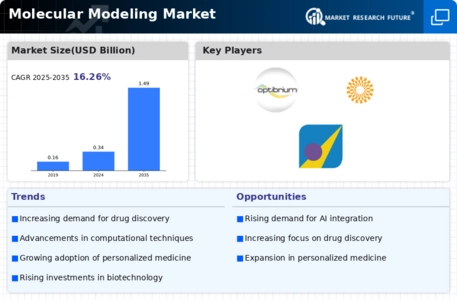
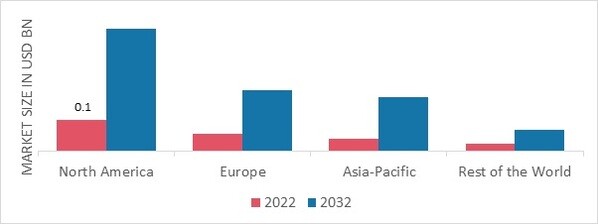
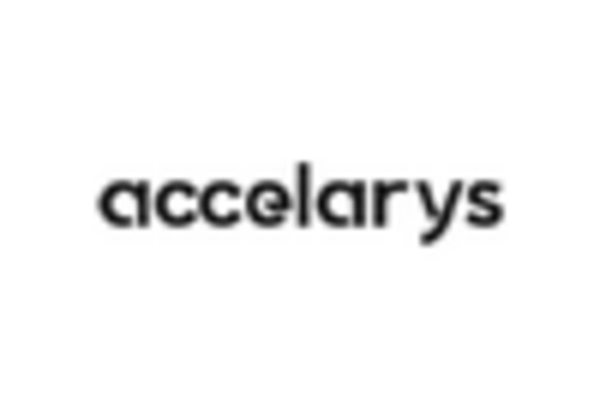

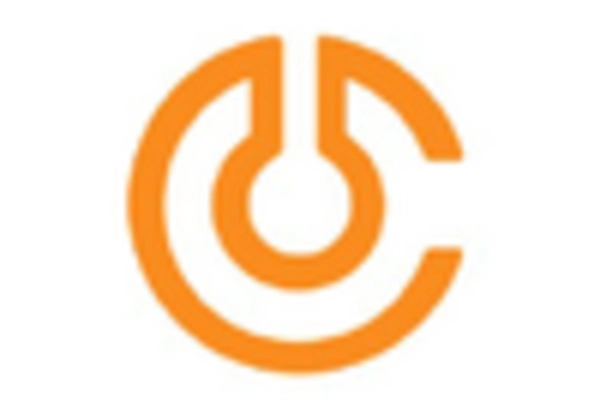

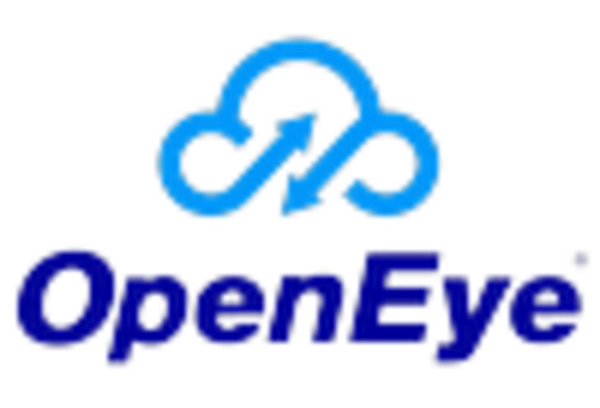
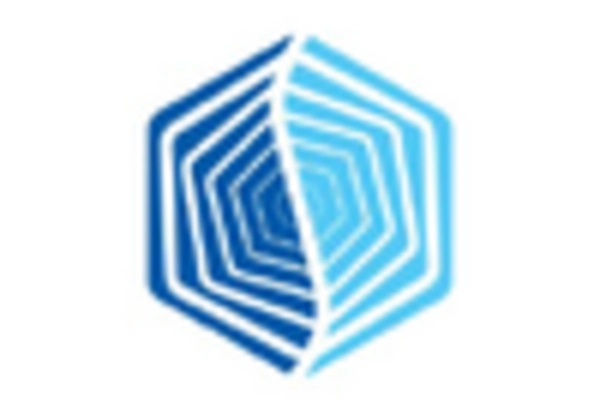

Leave a Comment